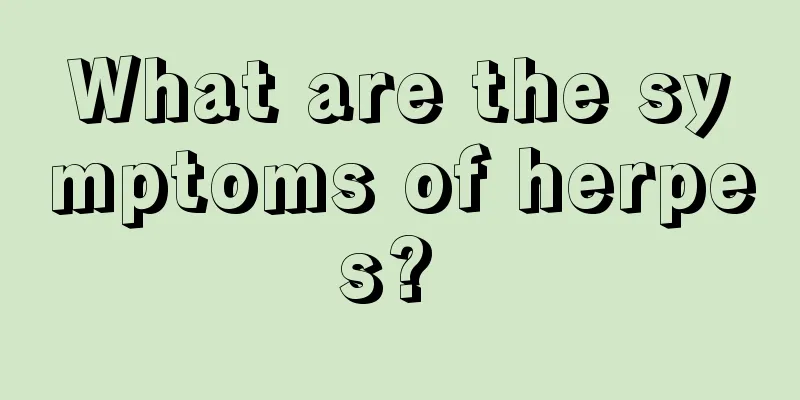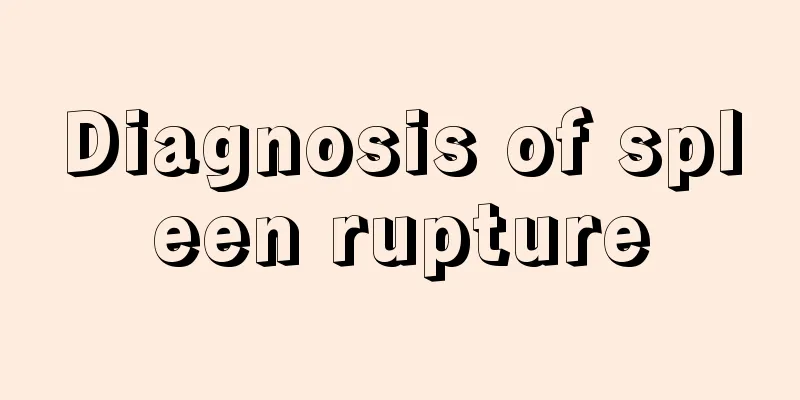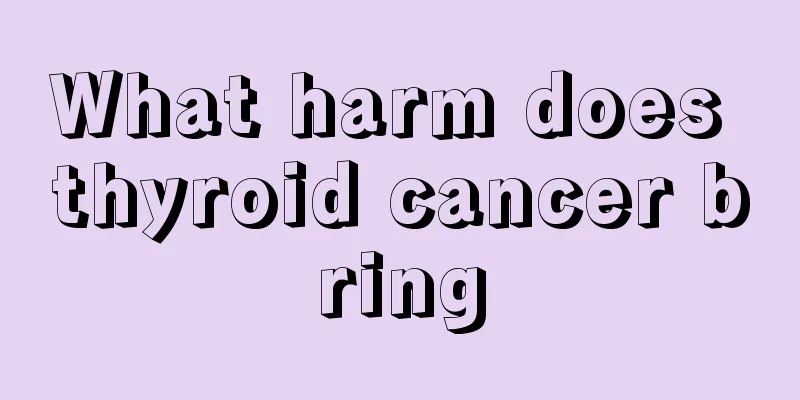What are the symptoms of herpes?

|
Shingles is a common type of herpes. Patients will experience symptoms such as tinnitus, nausea, ear pain, and fatigue. If these symptoms occur, you should seek medical attention in time, and then take the correct treatment to recover as soon as possible. 1. Incomplete herpes zoster (abortive type): There is no local rash or only erythema or papules, without typical blisters, and it disappears quickly on its own. 2. Bullous herpes zoster may cause blisters with a diameter greater than 0.5 cm, such as the size of cherries. 3. The blisters of hemorrhagic herpes zoster are bloody or form blood scabs. 4. The center of the gangrenous herpes zoster rash may be necrotic, forming a dark brown scab that is not easy to peel off and may leave scars after healing. This is more common in the elderly and malnourished patients. 5. Generalized (disseminated) herpes zoster is a serious disease with reports of death. This type is rare and takes about 1 to 10 days from local rash to systemic dissemination. Blisters are clustered and tend to fuse, which can affect the lungs, brain and other organs. It is often accompanied by high fever, headache and other symptoms of central nervous system involvement. It is more common in frail elderly people and patients with malignant lymphoma. 6. Herpes zoster ophthalmicus (ophthalmic branch of the trigeminal nerve) is more common in the elderly. It is extremely painful and can affect the cornea, conjunctiva, iris, ciliary body, sclera, etc., and even cause inflammation of the entire eyeball, resulting in blindness. Ascending infection can cause meningitis and even death. 7. Herpes zoster oticus (Ramsay Hunt syndrome) is the triad of facial paralysis, deafness, and external auditory canal herpes. VZV invades the posterior root of the geniculate ganglion, causing involvement of the facial nerve and auditory nerve. It manifests as unilateral facial paralysis, external auditory canal herpes, tympanic membrane herpes accompanied by ear pain on the affected side, tinnitus, deafness, mastoid tenderness, and taste disturbance in the anterior 1/3 of the tongue, often accompanied by symptoms such as dizziness, nausea, vomiting, and nystagmus. 8. Visceral herpes zoster is rare. VZV invades the dorsal root ganglia of the spinal nerves and causes rashes in the areas innervated by the sympathetic and parasympathetic visceral nerve fibers, gastrointestinal and urinary tract symptoms, and segmental gastroenteritis and cystitis may occur. If it invades the thorax and peritoneum, it will cause inflammation or effusion of the chest and peritoneum. |
<<: What is the treatment for postherpetic neuralgia?
>>: How much do you know about the sequelae of endophthalmostomy?
Recommend
What's going on when centipedes appear at home?
Animals like centipedes and snakes are the ones t...
What causes bleeding due to cupping?
Cupping is a common health-preserving method in d...
Can advanced lung cancer be cured?
Can advanced lung cancer be cured? 1. The possibi...
Why is a urinary catheter required during surgery
I believe that when you go to the hospital, you h...
What are the symptoms of advanced bladder cancer
Bladder cancer treatment must be started early, b...
Who is suitable for foot soaking with mugwort leaves
Generally speaking, people with yang deficiency a...
Why does dermatitis itch especially at night
Many people with dermatitis symptoms will feel ab...
Lung cancer liver metastasis nausea and vomiting vomiting after eating
Lung cancer has metastasized to a distant place a...
How to train the middle chest muscles
For the training of the middle chest muscles, you...
Spring Skin Protection
Having perfect skin is what all women dream of, b...
What are the effects of fir tree parasites
What are the effects and functions of cedar paras...
When does a cesarean section scar begin to grow?
After a cesarean section, there will definitely b...
Will atrophic gastritis develop into gastric cancer?
Many patients feel uneasy when they receive a dia...
Is surgery necessary for gastric bleeding?
Gastric bleeding is a relatively serious conditio...
How to prevent headaches in the morning
Headache is a common disease in our life. It has ...









